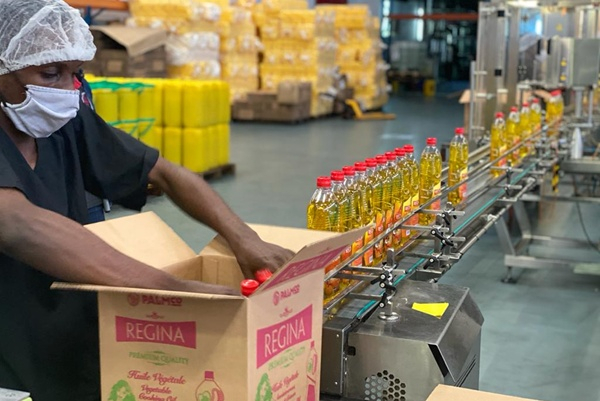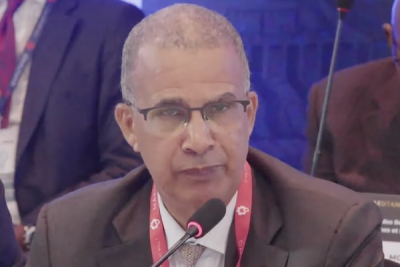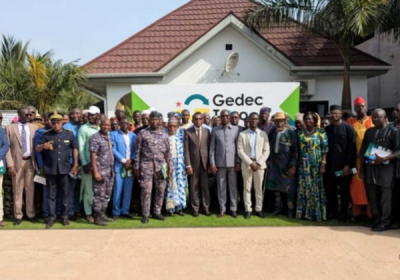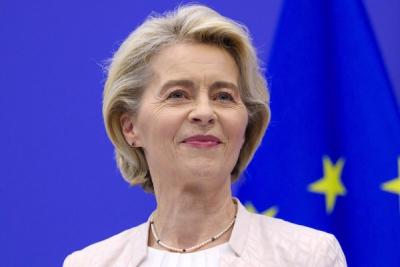The Democratic Republic of the Congo (DRC) needs to invest $17 billion annually until 2030 to "accelerate its structural transformation process and bring itself up to the same level as high-performing developing countries." The African Development Bank (AfDB) disclosed the estimate in its 2024 country report issued on July 31.
In addition to boosting investment, the report’s authors recommended improving human capital by enhancing education quality and aligning it with labor market needs. The lender also suggested policies to improve the business environment, such as revising the investment code and land law, along with increased infrastructure investment.
The AfDB believes that the DRC's current structural transformation is progressing too slowly to support economic development. Typically, structural change happens when agriculture's share of employment declines, and workers shift to industry and services, leading to efficiency gains through higher productivity.
As a country develops, agriculture's role diminishes while industry and services grow, promoting development through new technologies. This pattern has helped several countries in Europe, America, and East Asia emerge.
From 2005 to 2020, the DRC saw a drop in agricultural jobs from 71.1% to 60% of total employment. However, according to the AfDB, many agricultural workers have moved into trade and manufacturing largely in the informal sector and into mining. While mining is attractive, it is capital-intensive and can only absorb a limited portion of the workforce.
The report indicates that although both the service and industrial sectors saw significant employment growth during this period rising from 22% to 29.3% in services and from 7% to 10.7% in industry productivity remains a challenge. "The results for the manufacturing sector show productivity growth that was negative between 2000 and 2009 and almost zero between 2010 and 2019," states the AfDB.
Espoir Olodo










